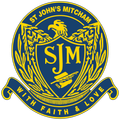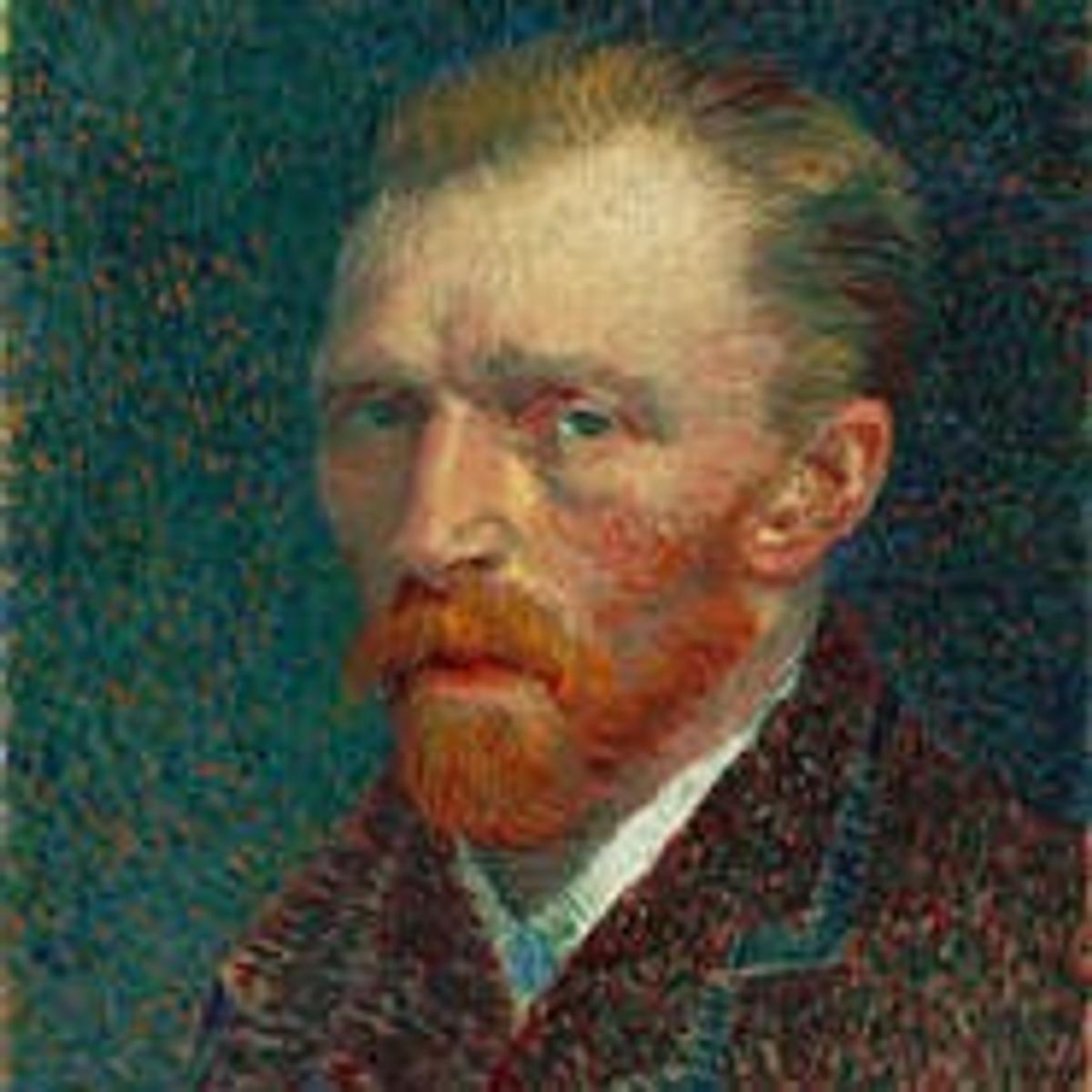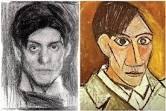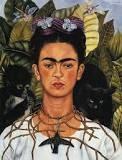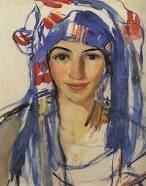Specialists Programs
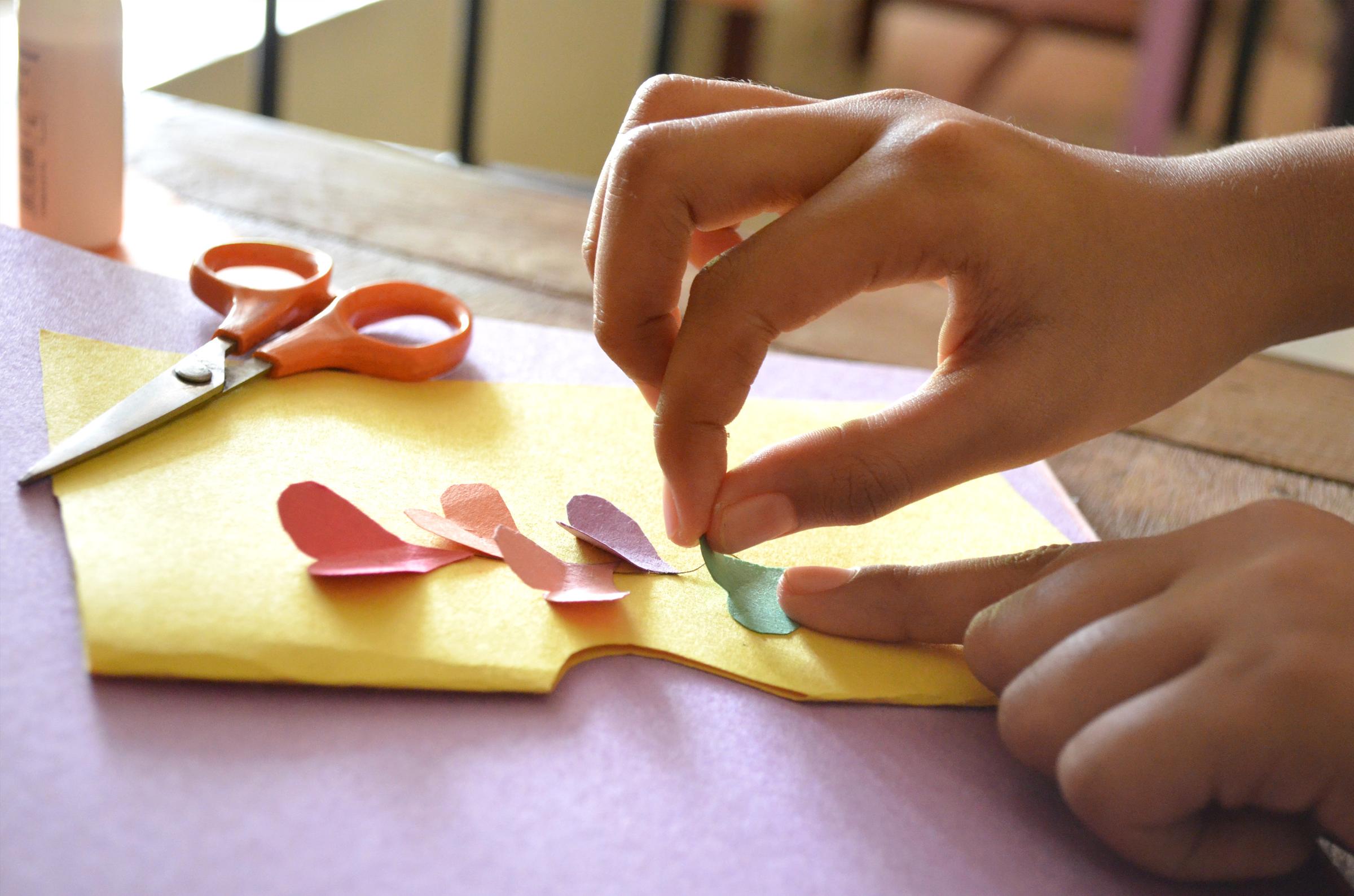
Specialist Programs Term 1
Performing Arts
Prep
Throughout this term, students will be learning the importance of working together as a group. We will be learning a number of silly songs and singing and dancing along to them. Songs such as ‘I've Got a Body’ ‘The Stretchy Lycra Song’ and ‘I’ve Got the Jiggles’: which teach students not only the parts of the body, directions and how to be silly, but also how to stay in time with the beat and dance along. Students will be given a chance to make up their own steps and actions to a song and will learn about safe dance practices. Through a number of picture story books, we shall retell the story by acting it out, such as ‘The Very Brave Bear’ and ‘We’re Going on a Bear Hunt’. Students will also learn the basic elements of drama: movement, miming and facial expression as they begin to act out different animals within a story.
Year 1/2
This term In Performing Arts, students will be exploring the use of movement and gesture to tell a story. We will look at the different ways we can tell a story and make it come to life through the use of dramatic voices, choreographed movements and use of musical instruments. Using the story ‘Where the Wild Things Are’ students will be organised into one of these groups and will be responsible for designing how they can best retell the story using their imagination and the elements of drama. We will also look at how we use facial expression and body language to convey emotions and students will devise their own characters within a mimed performance.
Year 3/4
In Performing Arts this term, students will explore our Indigenous Culture and look at how they used storytelling and dance to pass on information, for celebrations and to depict certain natural elements and animals. They will listen to Dreamtime stories and have a chance to use materials, shapes, music and chants to represent different parts of the story. In small groups they will write and devise their own version of a Creation story and organise the retelling of it using the skills and techniques they have learnt. Students will also listen to a number of John Williams movie compositions and choose their favourite one explaining what they liked about it.
Year 5/6
In Performing Arts this term, students will explore the topic of Radio plays and Shadow Puppet theatre, paying particular attention to the main elements of Drama; such as voice, movement, tension, mood and sounds. They will choose one of these main topics and write their own version to be presented to a younger class. We will explore the importance of group work skills and analyse and discuss how each member contributes to the group. Students will also look at the evolution of Music History and how sounds are made to create compositions, eventually leading them to make compositions of their own.
Ms Lou Devoy
ldevoy@sjmitcham.catholic.edu.au
Italian
Prep
This term the students will learn how to greet and introduce themselves by responding to familiar games and routines in Italian. They will demonstrate their understanding by responding both verbally and non verbally through movement activities. Students will learn to reproduce the correct sounds orphonetics of the Italian language through games, songs, and listening and speaking activities.
Year 1/2
This term the students will participate in activities that will help them to revise the days of the week, months of the year, seasons and weather patterns in Italian. They will participate in shared reading of texts, songs, games and group work. They will be encouraged to give quick responses in Italian, with particular attention to the pronunciation of words and phrases in Italian.
Year 3/4
This term the students will listen to the story, L’Orto del Nonno” (Grandpa’s Vegetable Garden). They will make connections to their own vegetable garden or of someone they know. The students will participate in group work and will be presented with everyday Italian language including; identifying the different fruits and vegetables, naming preferences and describing the appearance of different fruits and vegetables in Italian.
Rosetta De Amicis
rdeamicis@sjmitcham.catholic.edu.au
Chinese
Year 5
In Chinese this term, students will show their ability to understand and communicate using the following vocabulary and topics:
Students will use spoken Chinese to initiate and maintain interactions. Students will describe and give information about themselves and their preferences, their environment, experiences and interests. For example,
我很喜欢唱歌 (I really like singing)
我的学校很漂亮 (My school is very beautiful)
我觉得澳大利亚是很好的国家 (I think Australia is a great country).
Students will explain the nature of tone-syllables, for example the role of tones in meaning making.
The culture component of this module will introduce: Geographic facts about China, Facts on pandas, Characteristics of Chinese naming convention, Chinese national flag, Chinese national anthem, Chinese dialects, and Facts about the Great Wall of China.
Year 6
In Chinese this term, Year 6 students will show their ability to understand and communicate using the following vocabulary and topics:
Students will show their understanding of information presented orally and will produce short informative and imaginative texts.
Sentences will include details of:
- time; for example, 八点, 十二月二日, 星期五(8 o’clock, December 2nd, Friday),
- place; for example, 在澳大利亚, 在墨尔本, 在家 (In Australia, Melbourne, at home) and
- participants, for example, 我的朋友, 小明的哥哥 (my friend, Xiao Ming’s big brother).
They will read and show their understanding of pinyin.
The culture component of this module will introduce:
- The school year in China
- The lucky colour in China – red
- Paper-cutting as a traditional craft
- Various styles of outfits of the ethnic groups in China
- Chinese common sports brands
- Traditional Chinese costumes – qi pao & Tang suit
- School uniforms in China.
Ange Crowe
acrowe@sjmitcham.catholic.edu.au
Visual Arts
Self-Portraits
“Windows To The Soul”
Frida Kahlo
To begin our school year all students will be exploring self-portraits.
We will be examining and discussing self-portraits of famous artists including Vincent Van Gogh, Pablo Picasso, Frida Kahlo and Zinaida Serebriakova. We will analyse and interpret artworks as a critical audience and respond by creating our own self-portrait.
Foundation
Visual Art classes will focus on Painting and Drawing this term.
The students will be introduced to Primary Colours and a variety of paint brush techniques. They will be painting on a variety of surfaces and exploring a variety of painting methods (eg. sponging, brushes, toothbrushes). We will be exploring different types of lines and marks (eg. thick, thin wavy, straight) and drawing techniques using a variety of drawing implements (eg. pastel, crayon, pencil).
Year 1/2
Visual Art classes will focus on Painting and Drawing this term.
The students will be introduced to Secondary Colours and colour mixing. They will explore a variety of correct paint brush techniques. They will be painting on a variety of surfaces and textures using many painting methods (eg. sponging, splattering, dye application, resist methods). We will be exploring different types of lines (eg.thick,thin wavy, straight, diagonal) and drawing techniques using a variety of drawing implements (eg.ink, pastel, crayon, pencil).
Year 3/4
Visual Art classes will focus on Painting and Drawing this term.
The students will be introduced to shade/tone, complementary and contrasting colours colour wheels and monotone painting. They will investigate a variety of drawing implements (eg. ink, pen, pencil, textas, crayon, pastel) and be using different surfaces (eg. paper, fabric, cardboard, foil). We will be exploring a variety of painting techniques (eg. splattering, sponging, card strips, stenciling, resist ) and investigating Aboriginal painting.
Year 5/6
Visual Art classes will focus on Painting and Drawing this term.
The students will be introduced to Tertiary Colours and to techniques for creating shade, tone and tints. The students will be introduced to complementary and contrasting colour wheels and monotone painting. They will use a variety of drawing tools (eg. ink, pen, pastel) and explore different surfaces (eg.cardboard, paper, fabric, foil). We will be exploring a variety of painting techniques (eg. splattering, sponging, blowing, resist ) and investigating life, abstract and cartoon drawing and painting.
Deirdre Cosgrave
dcosgrave@sjmitcham.catholic.edu.au
